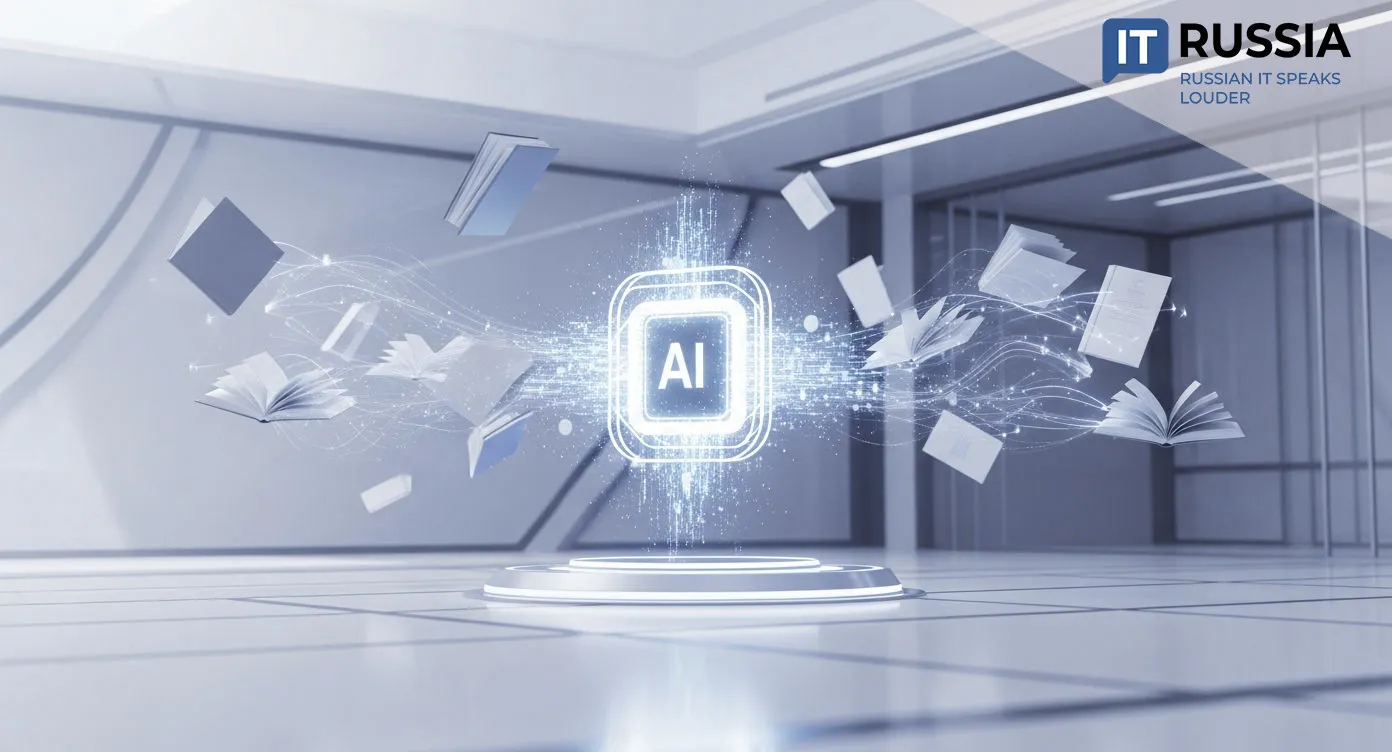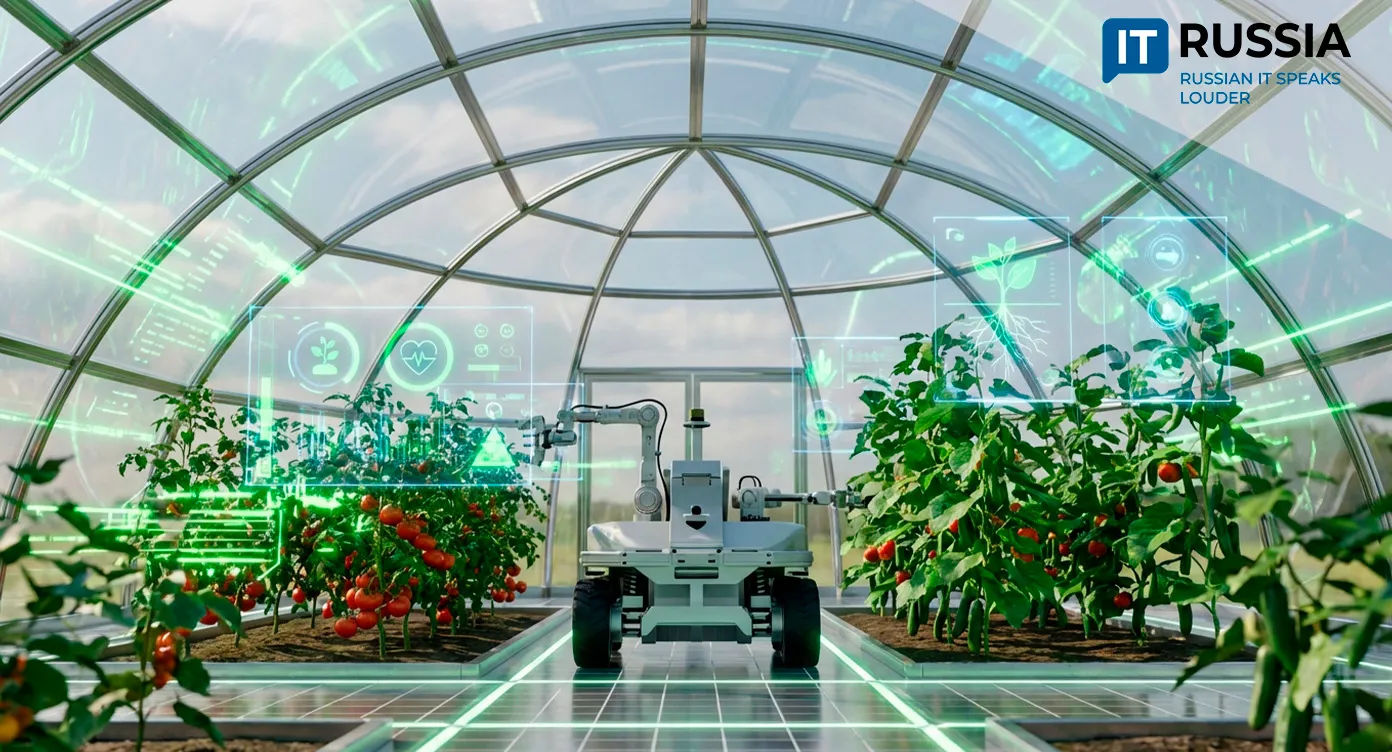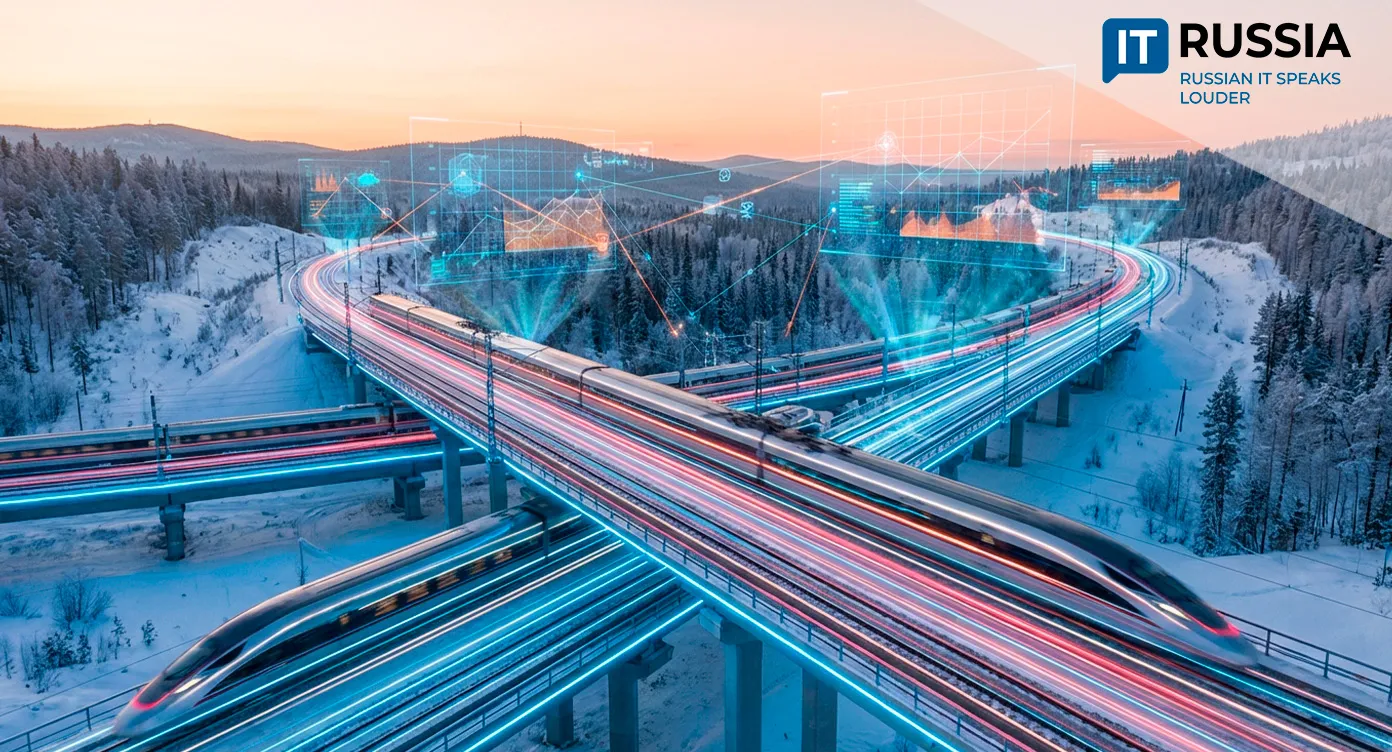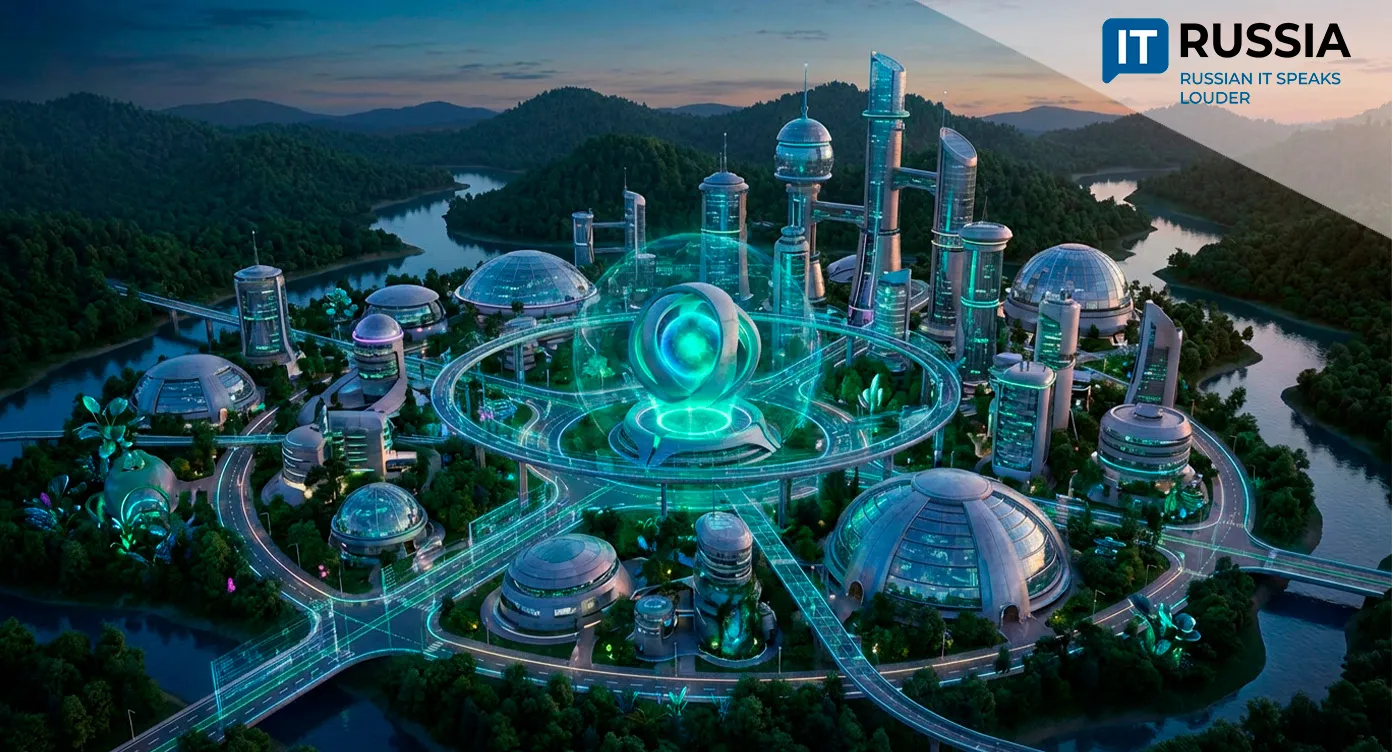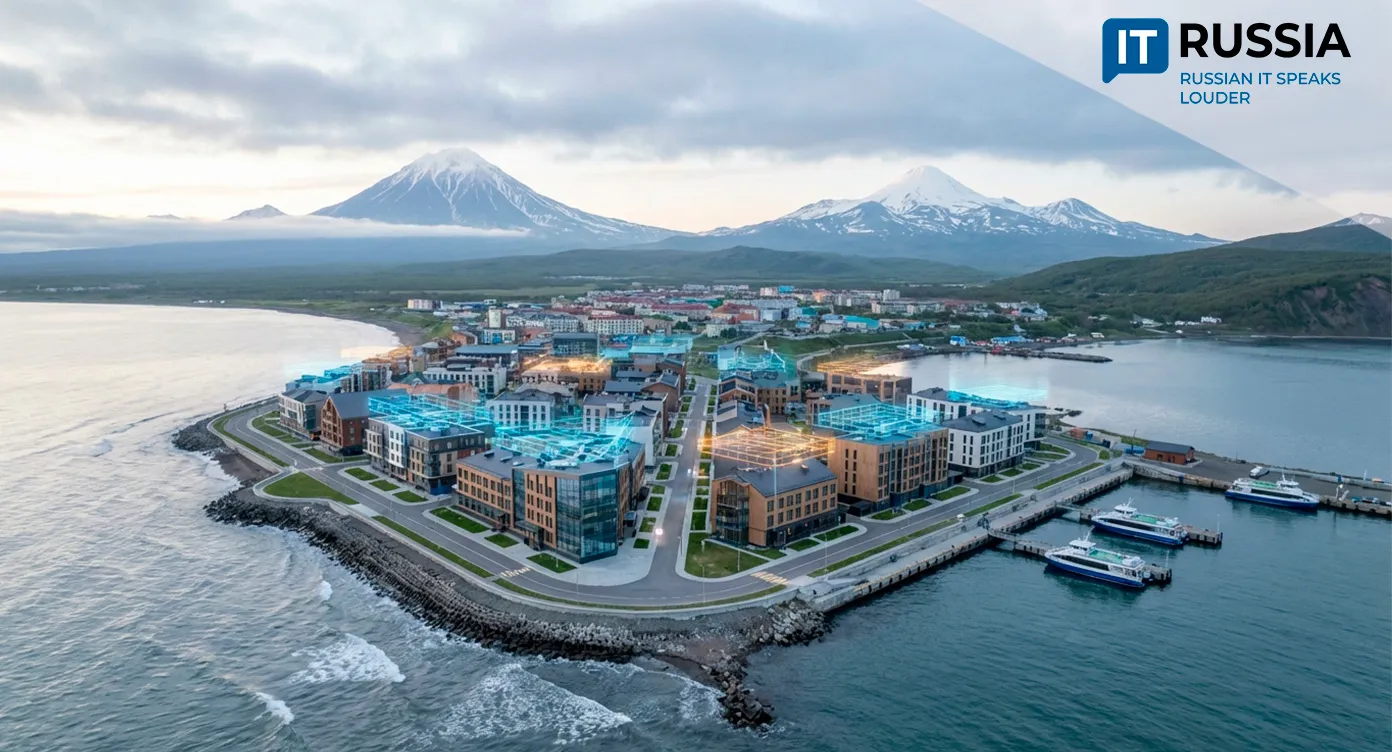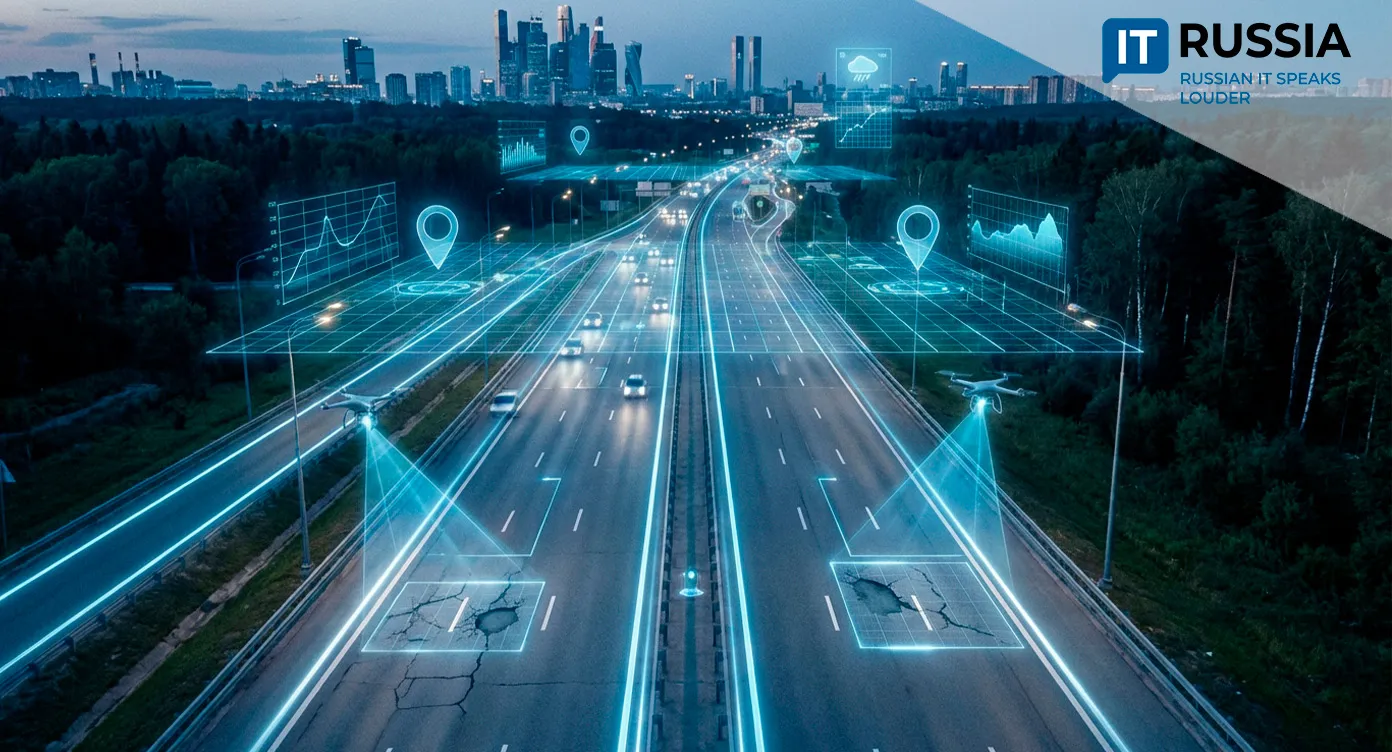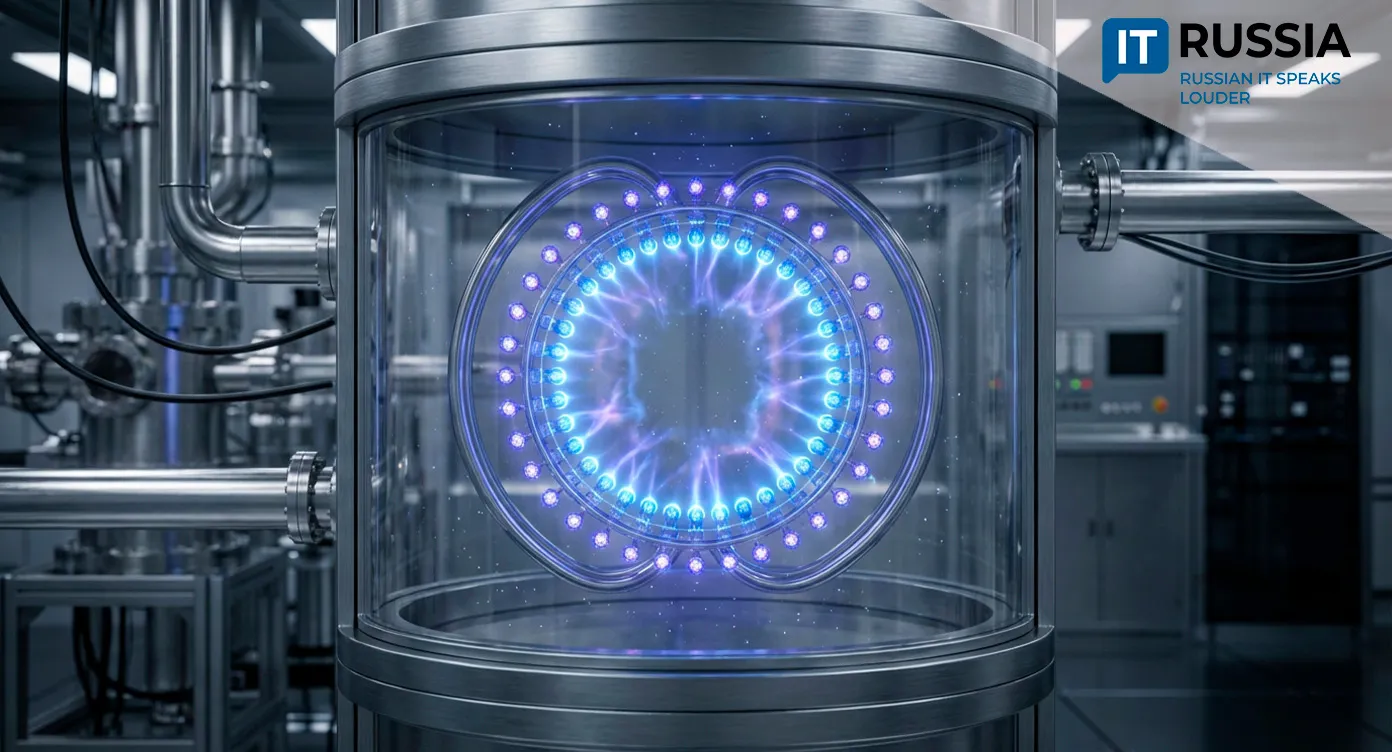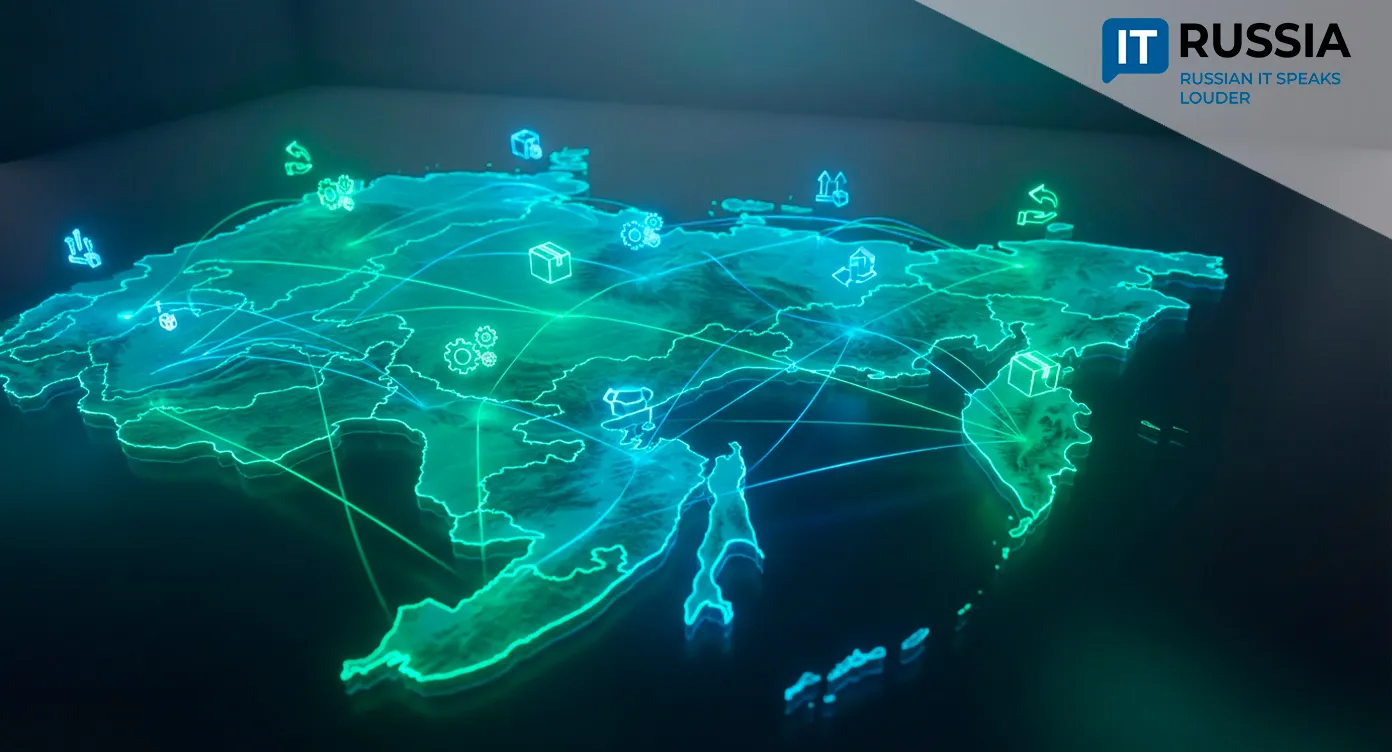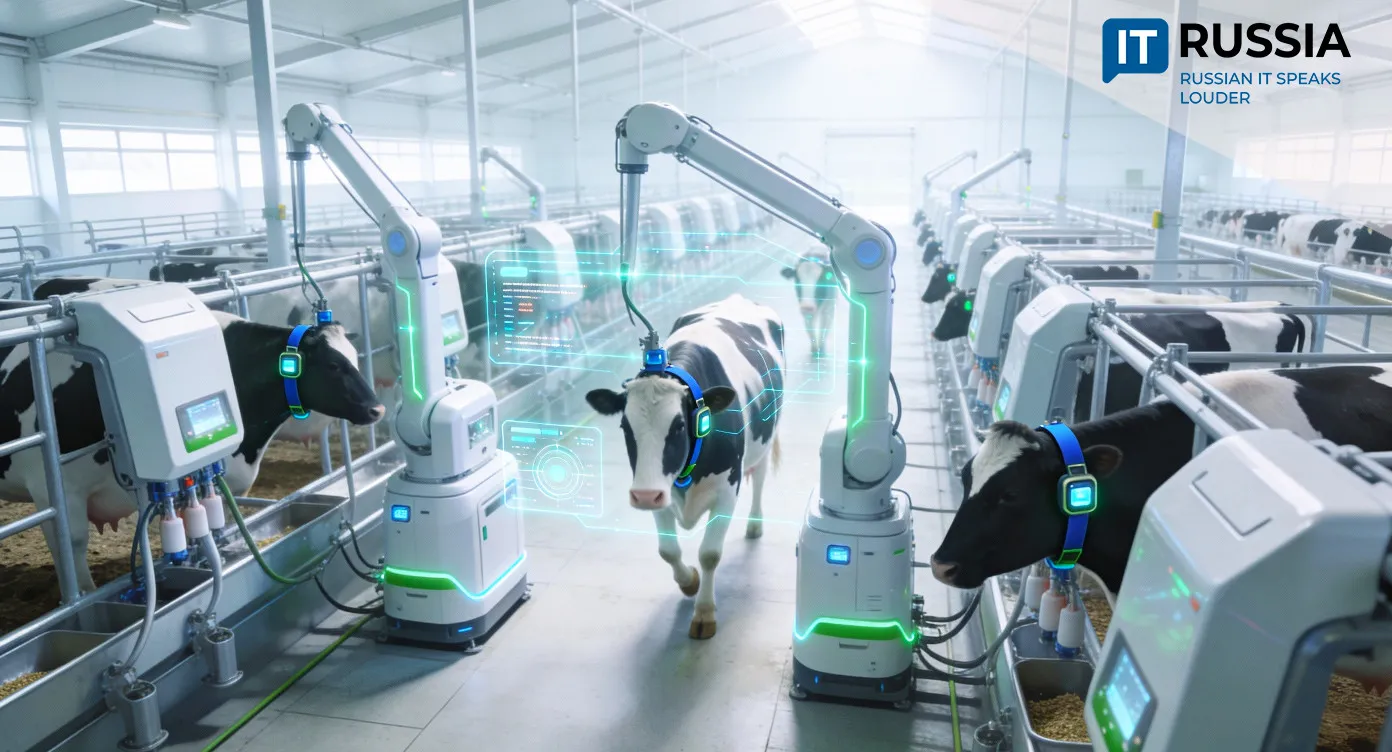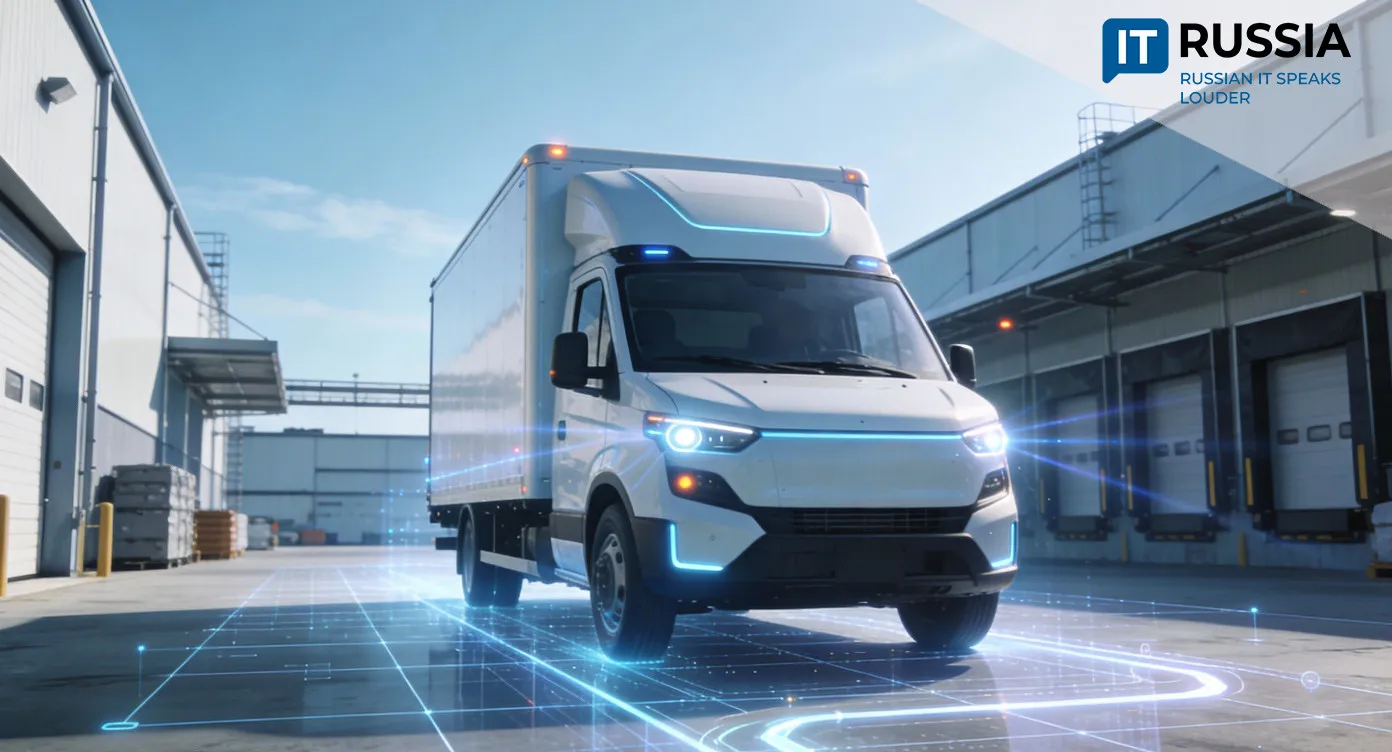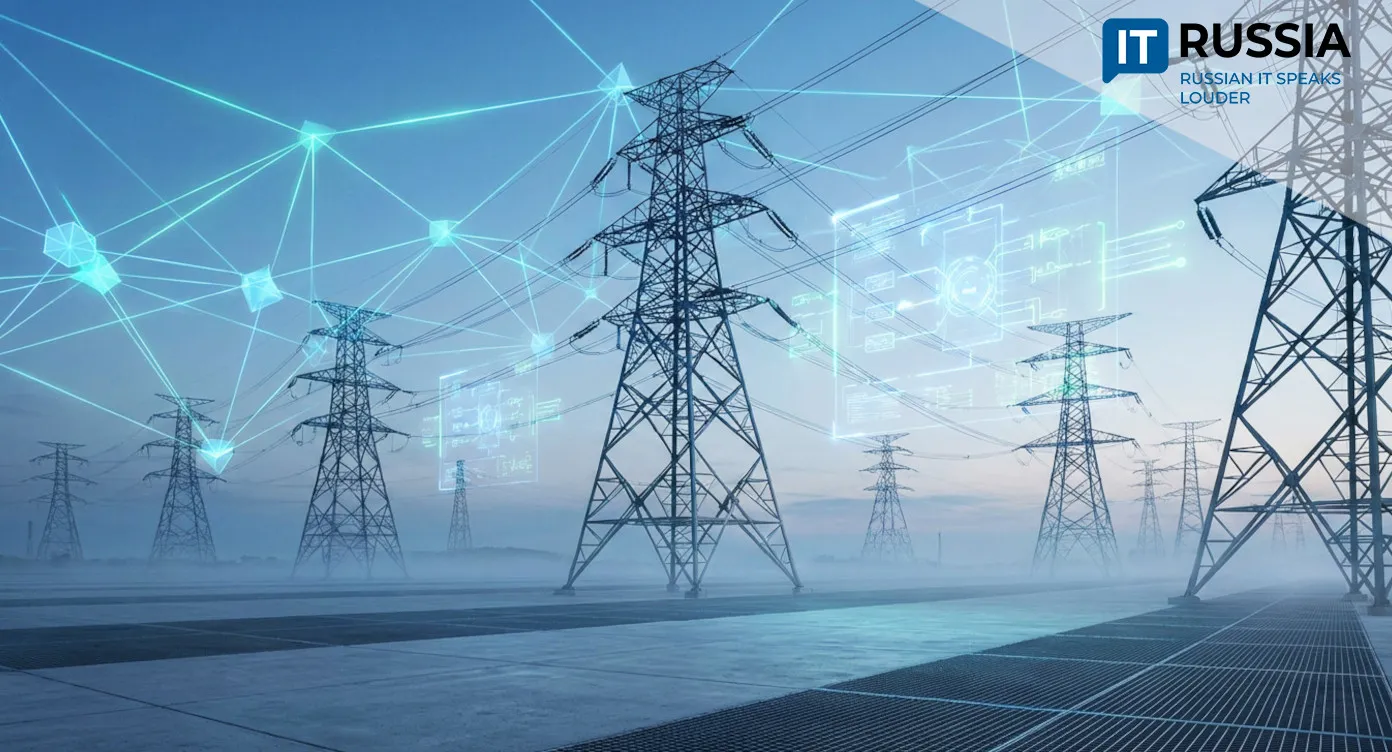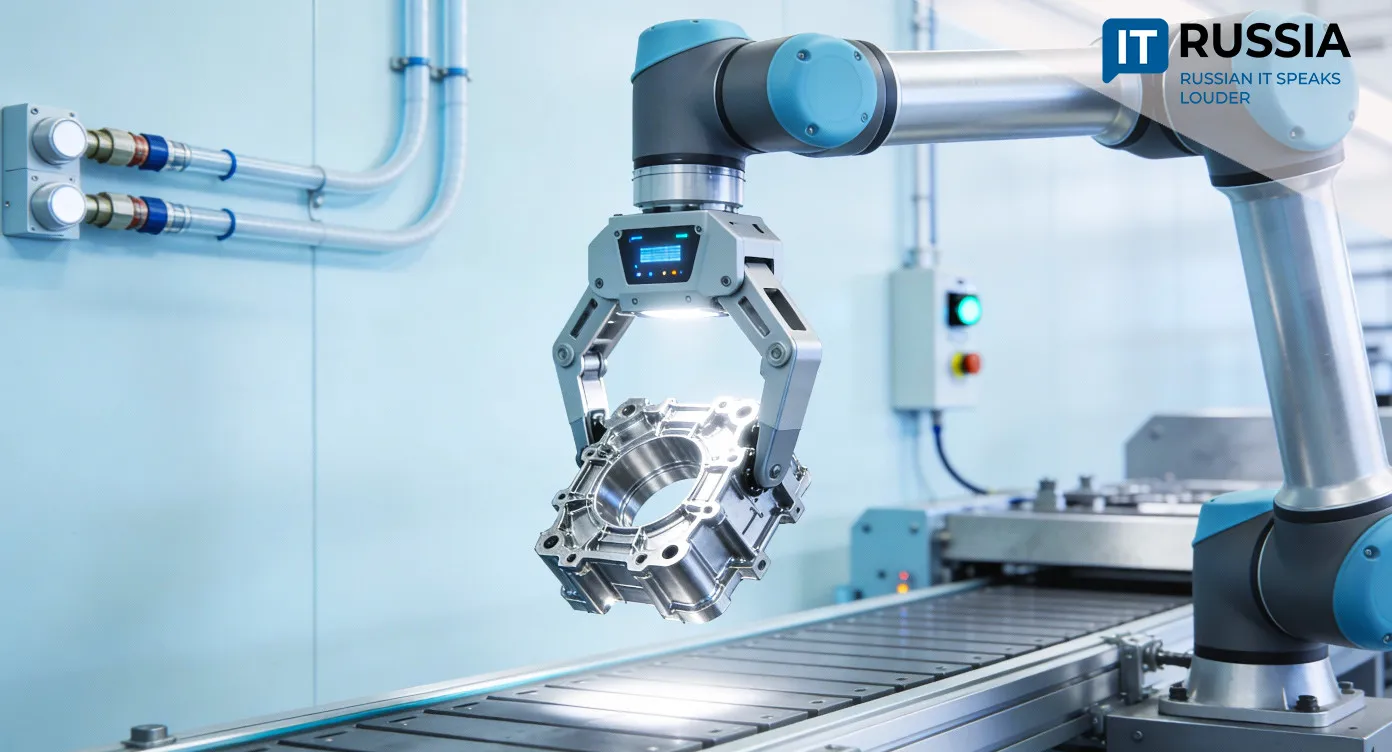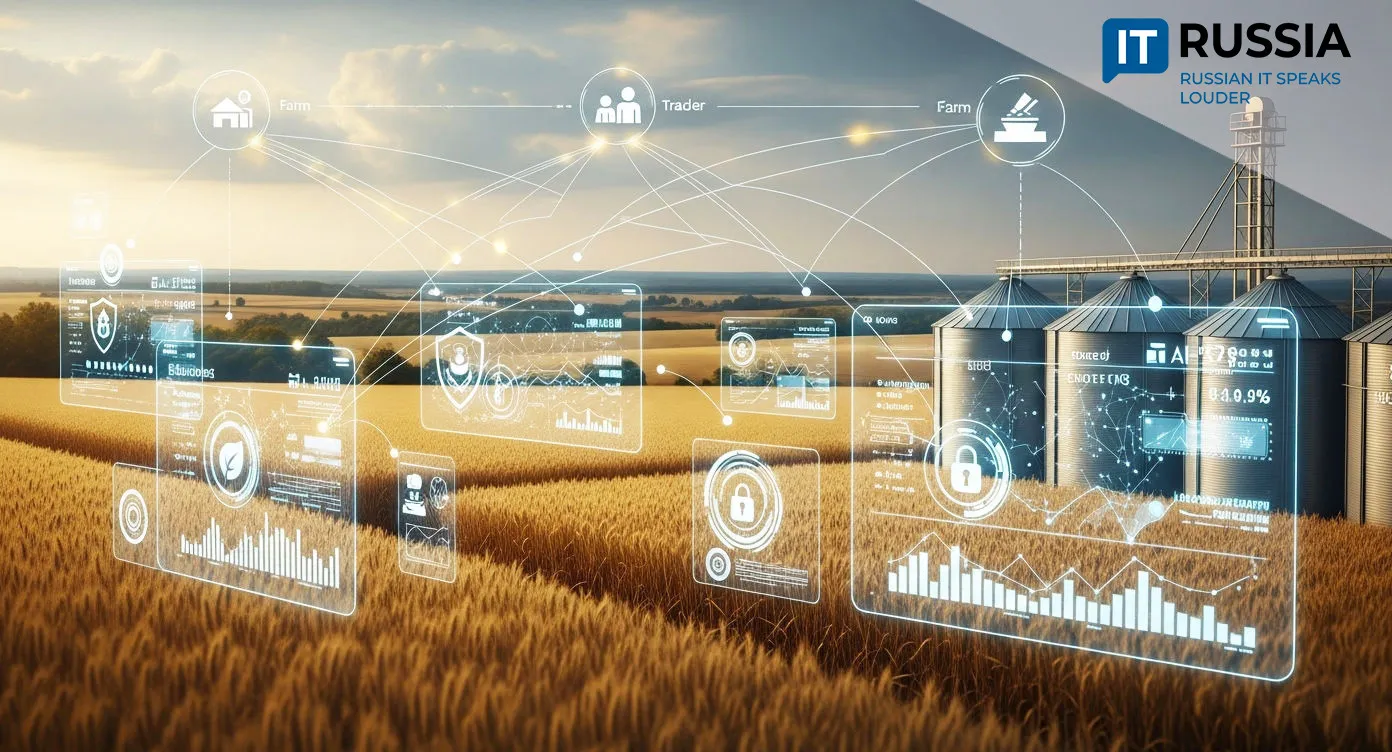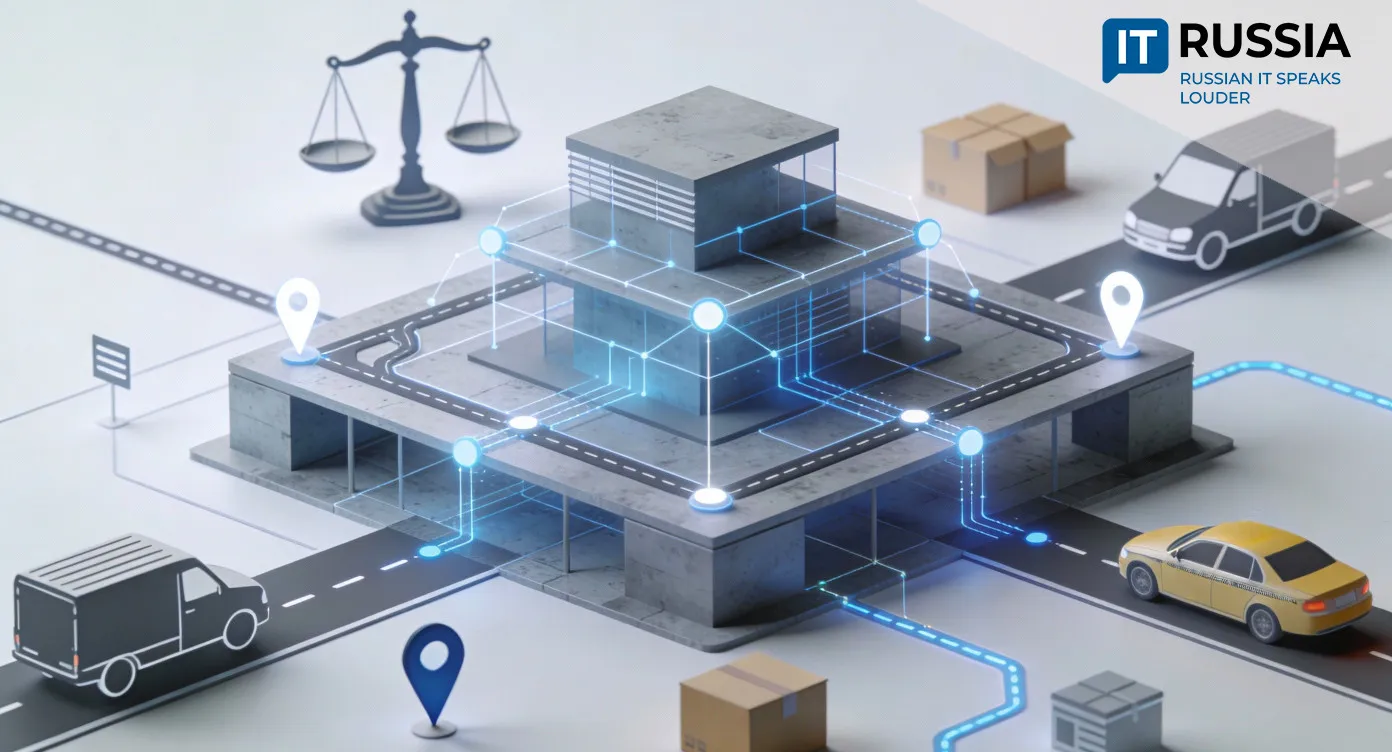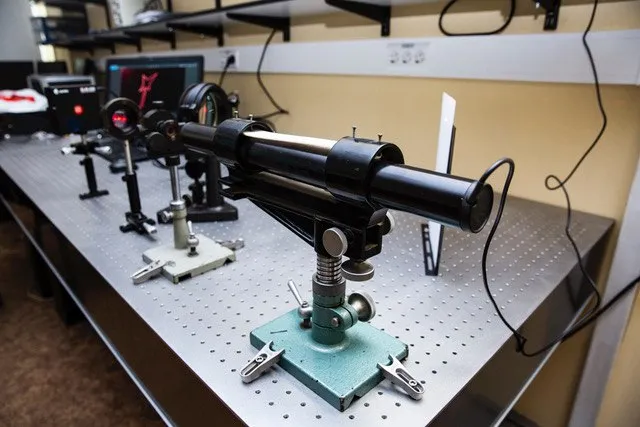GenAI in Oil & Gas: Breaking Down Barriers
Generative AI is moving from hype to practice in Russia’s oil and gas industry. Analysts and companies are already testing how the technology can optimize exploration, reduce costs, and improve safety, while recognizing the obstacles to scaling adoption.

Oil Still Rules
Fossil fuels remain central to the global economy. Oil, together with gas and coal, still accounts for more than 80% of worldwide energy consumption.
Yet the industry is under pressure from multiple sides. Mature fields are depleting, wells are increasingly waterlogged, and equipment is aging. External challenges add to the mix: volatile commodity prices, tighter regulatory oversight, and disruptions in established supply chains.
AI is not a cure-all for these systemic problems. But in many areas, it can become an indispensable tool and, ultimately, a competitive advantage.

Where GenAI Adds Value
There are multiple niche applications where AI can simplify exploration, optimize logistics, and reduce refining costs.
Machine learning boosts the accuracy of hydrocarbon prospecting, outperforming even teams of skilled geologists in finding patterns in seismic and geological data. GenAI also assists in optimizing well placement.
Core sample analysis benefits from neural models that calculate fluid migration in hydrocarbon-rich reservoirs.
AI strengthens industrial safety by using computer vision to prevent accidents and monitor compliance with process regulations.
Predictive maintenance is another key use case: data from compressors and other equipment is analyzed by AI models to detect early signs of failure. Meanwhile, AI-powered logistics and sales models save costs, increase margins, and optimize refinery loading schedules.
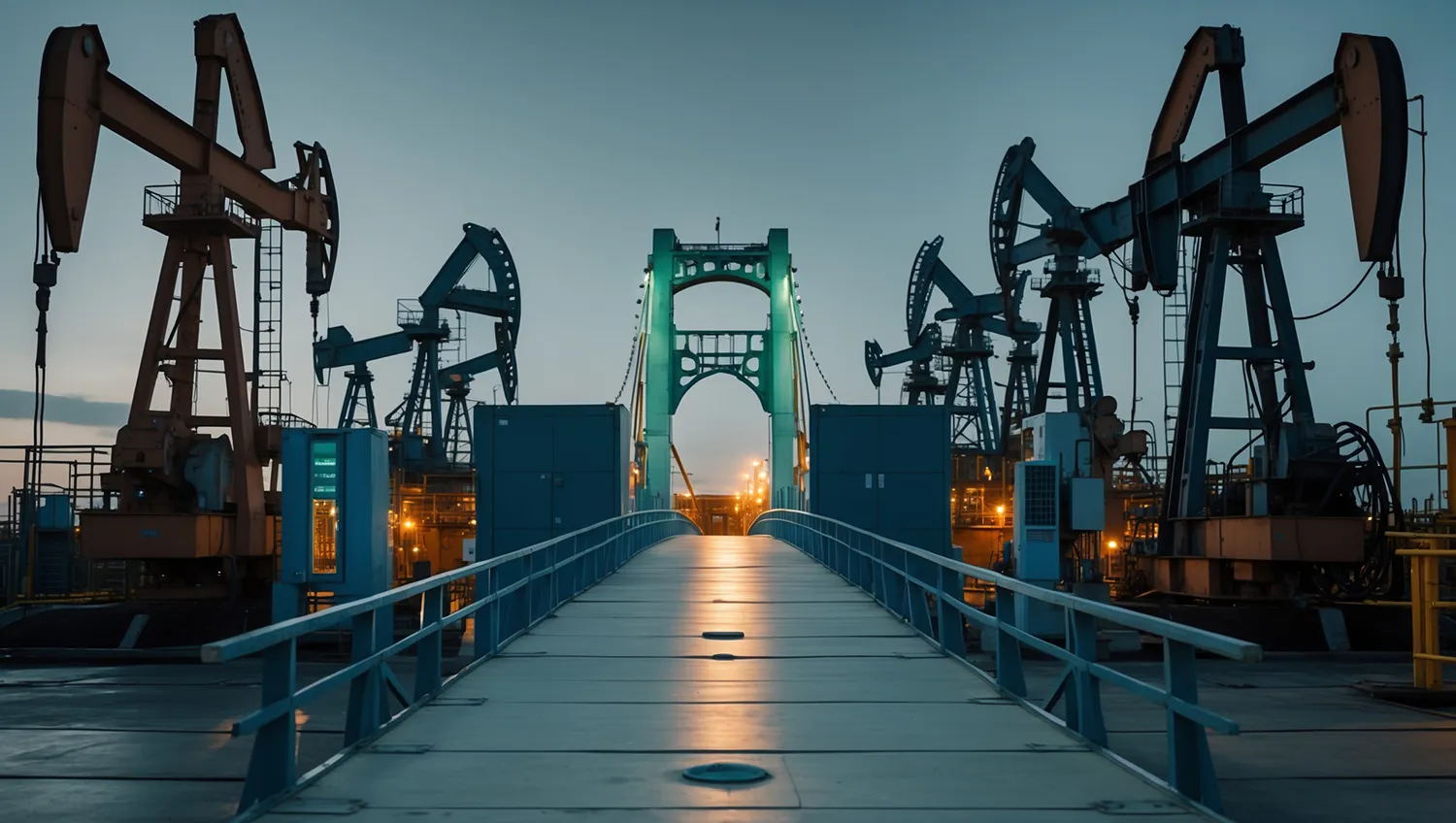
Barriers to Adoption
Despite its potential, GenAI use in Russia’s oil and gas sector remains localized. Several factors limit broader deployment.
The main hurdle is poor data quality and fragmentation. Information is stored across incompatible systems and formats, making consolidation difficult.
Geography also plays a role: vast territories, limited infrastructure, and challenging access complicate rollout. On top of that, there is already a shortage of specialists able to manage smart wells and digital production facilities. The competition for AI talent is fierce, both across industries and within oil and gas.
Integration speed ultimately depends on corporate digital culture, staff qualifications, the quality of data, and regulatory frameworks.

Success Stories
Despite these barriers, several flagship projects are already delivering results.
Gazprom Neft has deployed a “Seismic Digital Twin” online platform that evaluates projects and proposes resource allocation strategies for exploration.
Rosneft’s “Digital Field” project leverages AI for seismic data analysis. Since 2022, Lukoil has operated a neural-network–based module for “Mature Field Development Management,” optimizing injection regimes.
Experts stress that IT infrastructure modernization must be comprehensive. Companies that adopt AI across all operations and build sustainable systems for data collection, processing, and analysis will have the advantage.
The message is clear: firms that integrate AI into core processes fastest will unlock efficiency at mature fields, cut losses, and accelerate decision-making.








